Choosing the Perfect Car Seat for Your Child
The Ultimate Guide
Hey there! If there’s one thing all parents agree on, it’s keeping our kids safe. That’s why picking the right car seat is super important. 🚗💺 It’s not just about following the law; it’s about giving your child the best protection while you’re on the move. Today, we’re here to help you nail down the perfect car seat choice, covering everything from the why to the how, and even spotlighting the best brands and products out there.
Why Car Seats Matter
Every parent knows that keeping their child safe is a top priority, especially when it comes to car travel. Car seats are not just another item on the baby gear list; they are a crucial part of keeping your child safe on the road. Here’s a deeper dive into why car seats are so important:
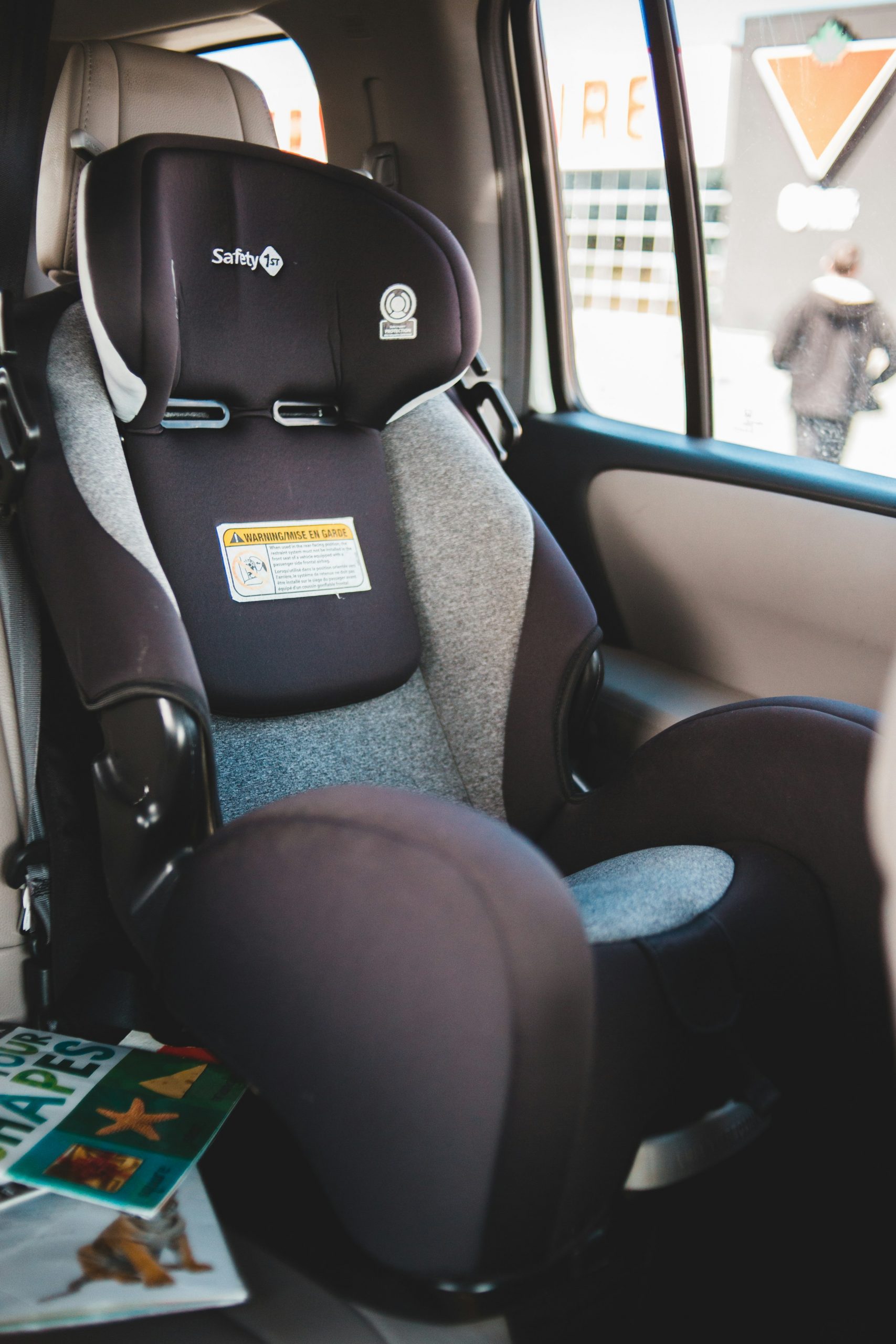
Designed for Safety
Car seats are specifically designed to cater to children’s physical needs, offering protection that adult seat belts and car seats cannot provide. In the event of a crash, a car seat absorbs impact forces and distributes them across the strongest parts of a child’s body, significantly reducing the risk of injury.
- Impact Protection: High-quality car seats come with advanced features like side-impact protection, which offers extra padding and energy-absorbing materials around the head and sides of the seat to protect your child from side collision forces.
- Proper Fit: Car seats are designed to fit children’s smaller frames snugly, ensuring they are not thrown forward or sideways in a sudden stop or collision. This proper fit is critical for preventing injuries.
Designed for Safety
Children, especially infants, and toddlers, have different anatomical and physiological characteristics than adults. Their bones are still developing, and their heads are proportionally larger and heavier compared to their bodies. Car seats provide the necessary support to keep the child’s head, neck, and spine aligned, minimizing the risk of developmental injuries.
- Head Support: Proper head support is crucial for infants, who do not have the neck strength to support their heads. Car seats designed for infants offer increased head and neck support.
- Recline Angles: Many car seats offer adjustable recline angles to accommodate a child’s developmental stage, ensuring the airway remains open and reduces the risk of oxygen desaturation, especially in young infants.
Legal Requirements
Beyond safety and developmental support, using a car seat is a legal requirement in many jurisdictions. The laws vary by country and state but generally require children to be in an appropriate car seat or booster seat until they are of a certain age or size. These laws are based on extensive research showing that car seats significantly reduce the risk of fatal injury in children.
Compliance with Laws: By using a car seat, you are not only protecting your child but also ensuring that you are following the law. Non-compliance can result in fines and penalties.
Educates About Safety
Using car seats also plays an educational role, teaching children the importance of vehicle safety from a young age. By securing them in a car seat every time they ride in a car, children grow up understanding that safety precautions are a normal and necessary part of traveling.
- Instilling Good Habits: Children learn by example. When they see their parents prioritizing safety by buckling up and ensuring they are securely fastened in their car seats, they learn to adopt these safety habits themselves.
Peace of Mind for Parents
Knowing your child is safely secured in a car seat can provide immense peace of mind while traveling. This assurance allows parents to focus on driving safely, reducing the overall risk of accidents.
- Reducing Anxiety: For many parents, the road can be a source of anxiety, especially with young children on board. A high-quality, properly installed car seat alleviates some of these concerns, allowing for a more relaxed and focused driving experience.
In summary, car seats are indispensable for the safety and wellbeing of children when traveling by car. They are meticulously designed to protect young passengers from injury, support their developmental needs, ensure compliance with the law, educate about safety, and provide peace of mind for parents. Investing in a high-quality car seat and using it correctly every time you travel is one of the most important safety decisions you can make for your child.
How to Choose the Right Car Seat
Selecting the perfect car seat for your child can seem daunting with all the options available. However, focusing on a few key considerations can make the process smoother and ensure you choose a seat that’s safe, comfortable, and right for your family’s needs. Here’s a detailed guide to help you make an informed decision:
1. Understand the Different Types of Car Seats
Car seats are designed to suit different stages of your child’s growth. Understanding the main types helps narrow down your choices:
- Infant Car Seats: These are rear-facing seats designed specifically for newborns and small babies. They’re lightweight and portable, making them a convenient choice for transporting sleeping infants.
- Convertible Car Seats: Convertible seats can transition from rear-facing to forward-facing, accommodating children from birth up to around 65 pounds or more, depending on the model.
- Booster Seats: Once a child outgrows the forward-facing car seat, a booster seat is the next step. Boosters elevate the child so that the car’s seat belt fits properly across their chest and lap.
- All-in-One Seats: These seats offer a one-size-fits-all solution, converting from rear-facing to forward-facing, then to a booster seat as your child grows.
2. Check for Safety Ratings and Certifications
Safety should be your top priority when choosing a car seat:
- Government Standards: Look for car seats that meet or exceed national safety standards. In the U.S., for instance, check for a label stating that the seat meets or exceeds Federal Motor Vehicle Safety Standard 213.
- Crash Testing: Some car seats undergo additional crash testing beyond the minimum requirements. Manufacturers may provide this information to demonstrate the seat’s safety in various collision scenarios.
- Certifications: Certain organizations and consumer groups test and certify car seats for safety and ease of use. These certifications can offer additional peace of mind.
3. Consider Your Vehicle Compatibility
Not all car seats fit in all vehicles. Before purchasing a car seat, consider how it will install in your car:
- Car Size: Smaller cars might have limited space for larger car seats, especially rear-facing models.
- LATCH System: Most modern cars are equipped with the LATCH system (Lower Anchors and Tethers for Children), which makes installation easier. Ensure the car seat is compatible with your car’s LATCH system or seat belt installations.
- Check the Fit: Many stores will allow you to test the car seat in your vehicle before purchasing, which can help ensure a proper fit.
4. Look for Adjustable Features
As your child grows, an adjustable car seat can adapt to their changing size:
- Adjustable Harness and Headrest: Look for seats with easy-to-adjust harnesses and headrests that can move up and down without rethreading the straps.
- Recline Angles: Adjustable recline angles can help ensure your child is seated comfortably, especially in rear-facing positions.
5. Prioritize Ease of Cleaning
Life with kids can get messy, so choose a car seat that’s easy to clean:
- Removable Covers: Car seats with machine-washable covers make cleaning up spills and accidents much easier.
- Durable Materials: Fabrics that resist stains and are easy to wipe down will keep the car seat looking good for longer.
6. Consider Your Lifestyle
Your family’s lifestyle can influence the type of car seat that best fits your needs:
- Travel: If you fly frequently or plan to move the car seat between vehicles often, look for a lightweight and FAA-approved car seat.
- Stroller Compatibility: For infants, consider whether the car seat can clip into your stroller for easy transport.
7. Read Reviews and Ask for Recommendations
Learn from the experiences of other parents by reading reviews and asking for recommendations on social media, parenting forums, or from friends and family. They can provide insights on ease of use, comfort, and durability that you might not get from product descriptions alone.
By carefully considering these factors, you can find a car seat that not only meets all safety standards but also fits your child, vehicle, and lifestyle perfectly. Remember, the best car seat is the one that’s properly installed and used every time you drive.
Popular and Quality Car Seat Brands and Their Best Products
When it comes to choosing the best car seat for your child, the brand can make a big difference. Some brands are renowned for their safety features, others for their innovative designs, and some for offering great value for money. Let’s dive into some of the most trusted car seat brands and highlight their standout products, offering a mini-review from a parent’s perspective for each.
Graco
As a parent, the Graco 4Ever DLX has been a game-changer for us. It’s incredibly versatile, serving as an infant car seat, toddler car seat, high-back booster, and backless booster. This means we won’t have to buy another seat as our child grows, which is a huge plus. The installation is straightforward, thanks to the clear instructions and integrated belt lock-off system. Our little one seems comfortable, whether we’re on short drives to the grocery store or longer road trips. Cleaning is a breeze too, as the cover is machine washable. It’s a bit on the heavier side, but given its longevity, that’s a compromise we’re happy to make.
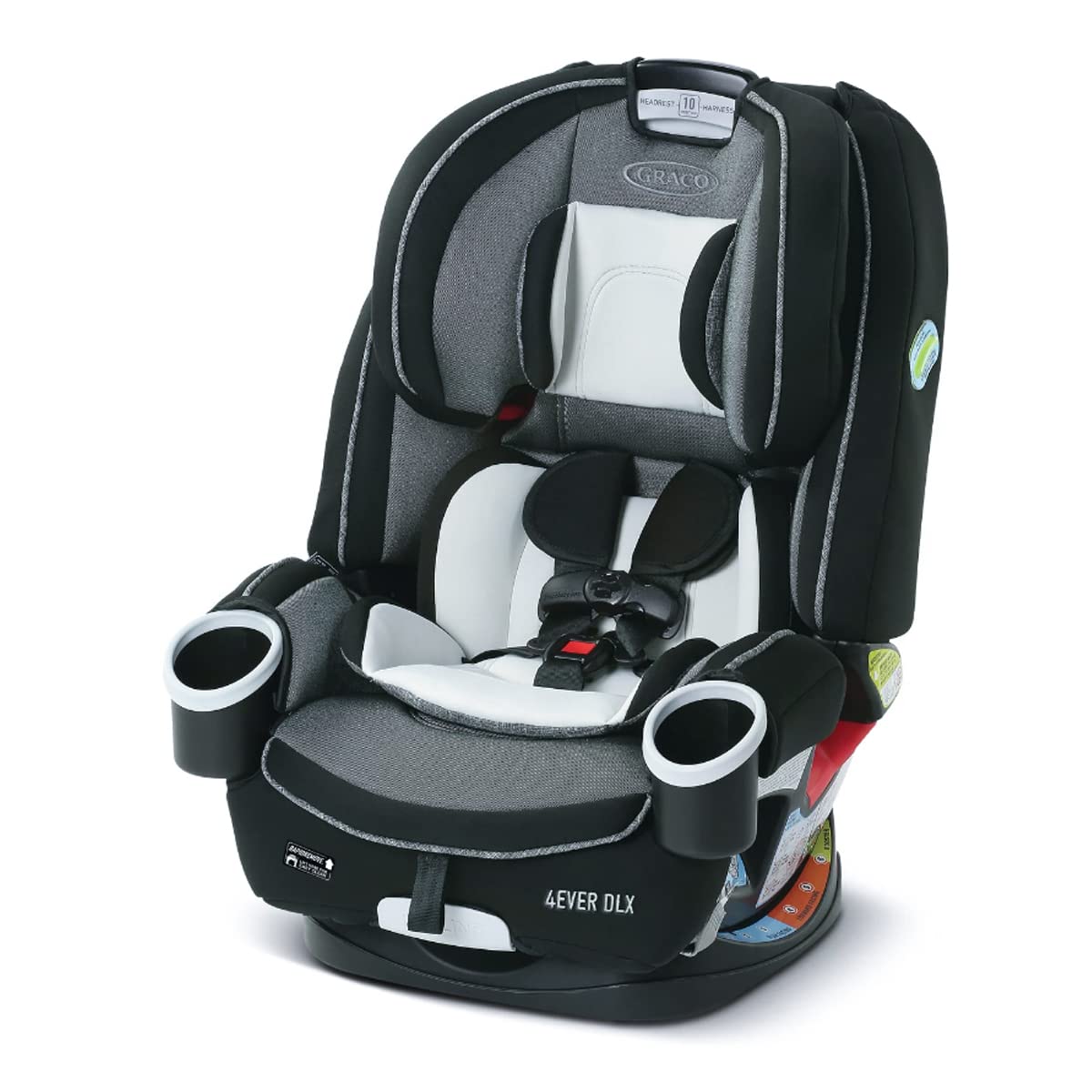
Graco 4Ever DLX 4-in-1 Car Seat
Britax
The Britax Boulevard ClickTight has made car seat installation a no-brainer for us, which is a relief. The ClickTight system essentially eliminates the guesswork and ensures a tight, secure fit every time. The extra padding and two layers of side impact protection give us peace of mind knowing our child is safe. Adjusting the harness and headrest is simple, allowing for a perfect fit as our kid grows. It’s definitely on the pricier side, but for the ease of use and the added safety features, we find it to be worth the investment.

Britax Boulevard ClickTight Convertible Car Seat
Chicco
For us new parents, the Chicco KeyFit 30 has been a lifesaver. It’s incredibly easy to install, which is great for minimizing stress with a newborn. The seat clicks into the base (and our stroller) effortlessly, making transitions smooth and quiet—ideal for keeping a sleeping baby undisturbed. The level indicators on the base take out the guesswork of whether it’s installed properly. Our baby seems snug and secure in it, and the removable newborn insert was perfect for those early days. It’s not the lightest infant seat, but its safety features and convenience outweigh that minor drawback for us.
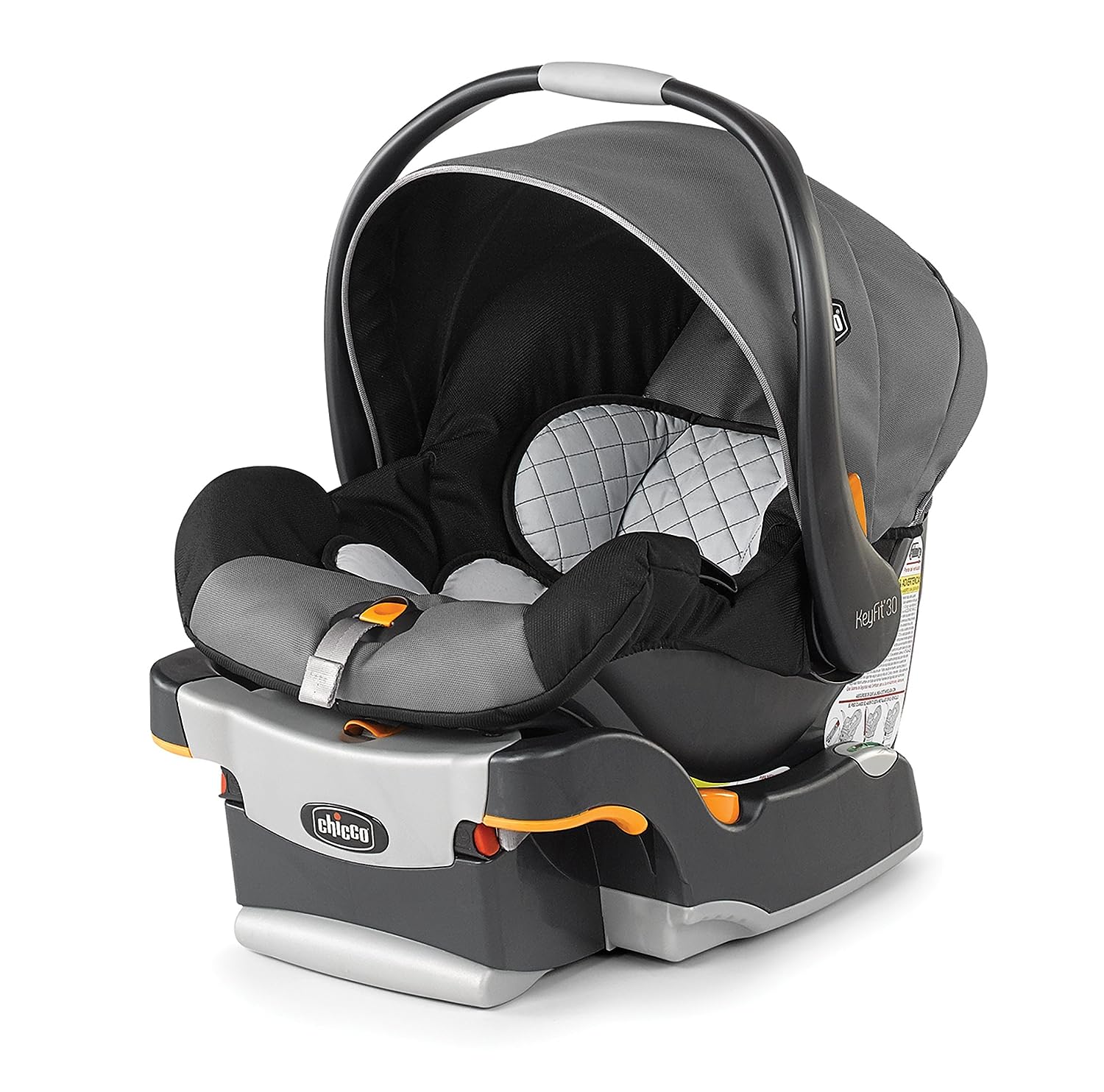
Chicco KeyFit 30 Infant Car Seat
Evenflo
The Evenflo Tribute LX stands out for its value without compromising on safety. It’s lighter than many other seats, which makes moving it between cars relatively easy. The slim profile is great for our smaller car, allowing enough room for other passengers. While it doesn’t have all the bells and whistles of more expensive seats, it has everything we need to keep our child safe. The fabric is a bit less plush, but still comfortable, and the seat is easy to clean. For families on a budget, this car seat is a solid choice.
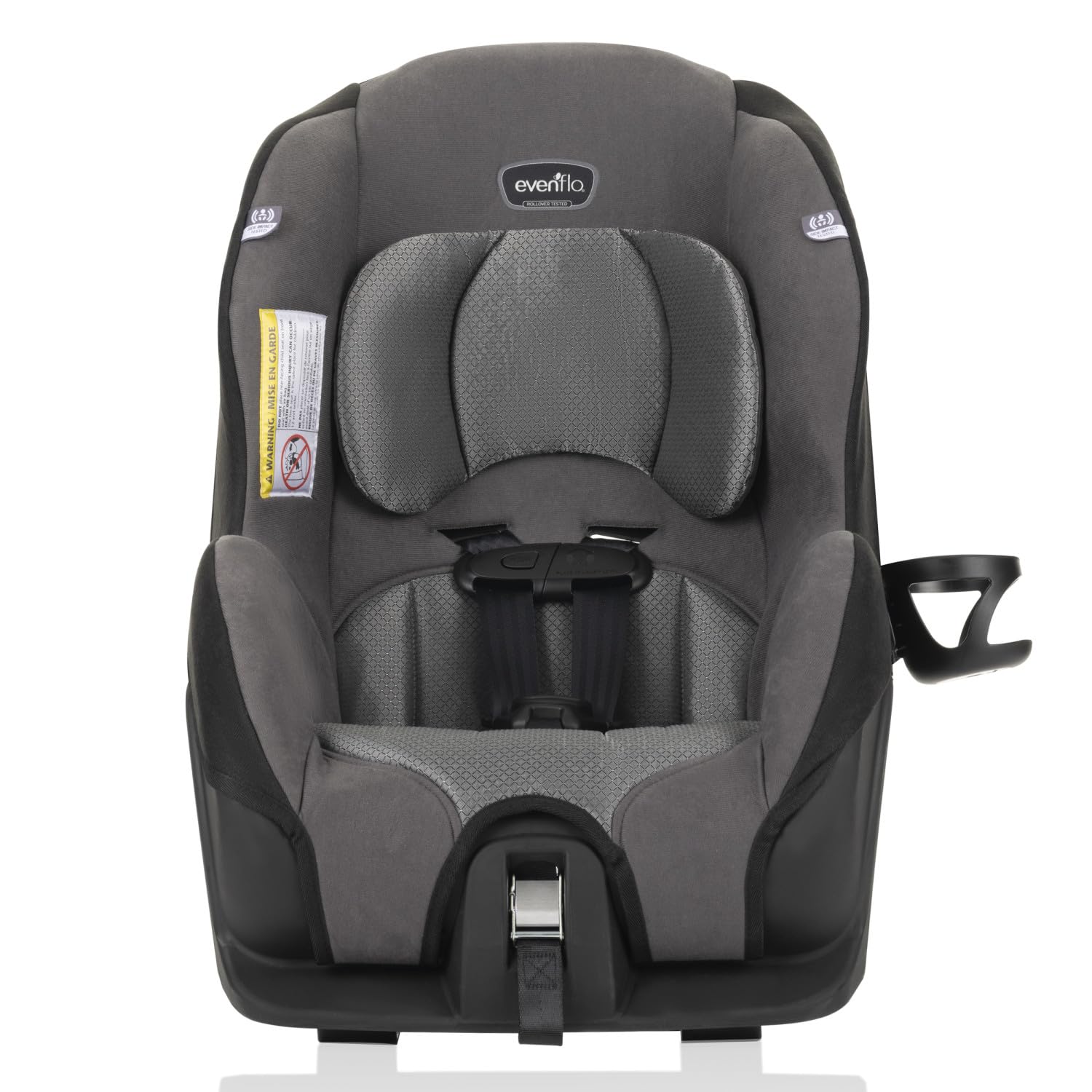
Evenflo Tribute LX Convertible Car Seat
Maxi-Cosi
The Maxi-Cosi Pria 3-in-1 has been wonderful for our family. Its plush comfort is noticeable, and our child enjoys rides more because of it. Adjusting the seat as our child grows is straightforward, and we appreciate the side impact protection and the overall sturdy build. It’s a bit bulky, which makes it a tight fit in smaller vehicles, but the superior comfort and safety features make it worth it. The machine-washable cover is a major plus, helping us easily keep the seat clean and fresh.
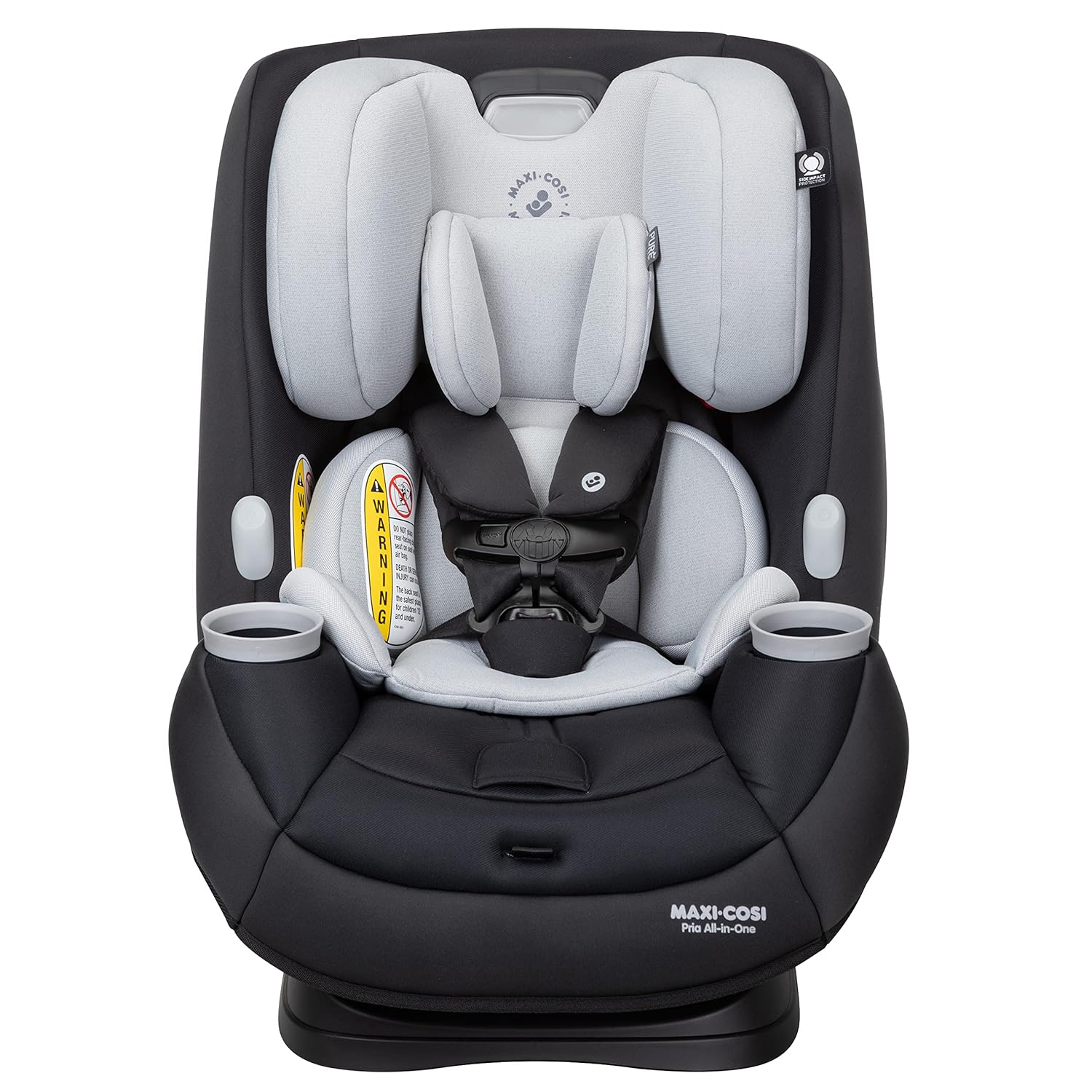
Maxi-Cosi Pria 3-in-1 Convertible Car Seat
Car Seat Installation and Maintenance Tips
Ensuring your child’s car seat is correctly installed and well-maintained is crucial for their safety. Here are some essential tips to help you with car seat installation and maintenance:
Installation Tips:
- Read the Manual: Before installing the car seat, thoroughly read the manufacturer’s manual as well as your vehicle’s owner manual regarding car seat installation. Each car seat and vehicle combination can have specific requirements and recommendations.
- Use the Right Spot: The safest place for a child car seat is in the back seat, away from active airbags. If possible, install the car seat in the middle of the back seat to minimize the risk of injury from side-impact collisions.
- Check for a Snug Fit: Once installed, the car seat should not move side-to-side or front-to-back more than an inch. If using a LATCH system, ensure that the anchors are properly engaged. If using a seat belt to secure the car seat, make sure it is locked and tightened.
- Get Professional Help: If you’re unsure about the installation, many local fire stations, police departments, and hospitals offer free car seat installation help. Certified Child Passenger Safety Technicians can ensure that your car seat is installed correctly.
Maintenance Tips:
- Regular Checks: Regularly check the car seat for any signs of wear and tear, such as frayed straps or cracks in the plastic. Make sure the harness and buckle are working correctly.
- Cleaning: Follow the manufacturer’s instructions for cleaning the car seat. Most car seat covers are removable and machine washable, but the harness and buckle might need to be wiped down with a damp cloth and mild soap instead of being submerged in water.
- Avoid After-market Products: Do not use after-market products like seat protectors, additional padding, or toys that have not been approved by the car seat’s manufacturer. These can interfere with the car seat’s safety features.
- Storage: When not in use, store the car seat in a cool, dry place to prevent the materials from degrading. Avoid storing heavy items on top of the car seat, as this could damage its structure.
- Expiry Date: Be aware that car seats have an expiration date, usually 6 to 10 years from the date of manufacture, due to the materials degrading over time and safety standards changing. You can find the expiration date on the car seat or in the manual.
Safety Checks:
- Harness Fit: Regularly adjust the harness as your child grows. The harness should be snug, with the chest clip at armpit level to ensure it’s effective in a crash.
- Re-install After Major Impacts: If you’ve been in a significant accident, it’s recommended to replace the car seat, as its integrity may have been compromised even if there’s no visible damage.
By following these installation and maintenance tips, you can ensure that your child’s car seat provides the maximum protection possible whenever you hit the road. Remember, taking the time to install and maintain the car seat correctly is one of the most effective ways to keep your child safe in your vehicle.
Car Seat Laws and Regulations
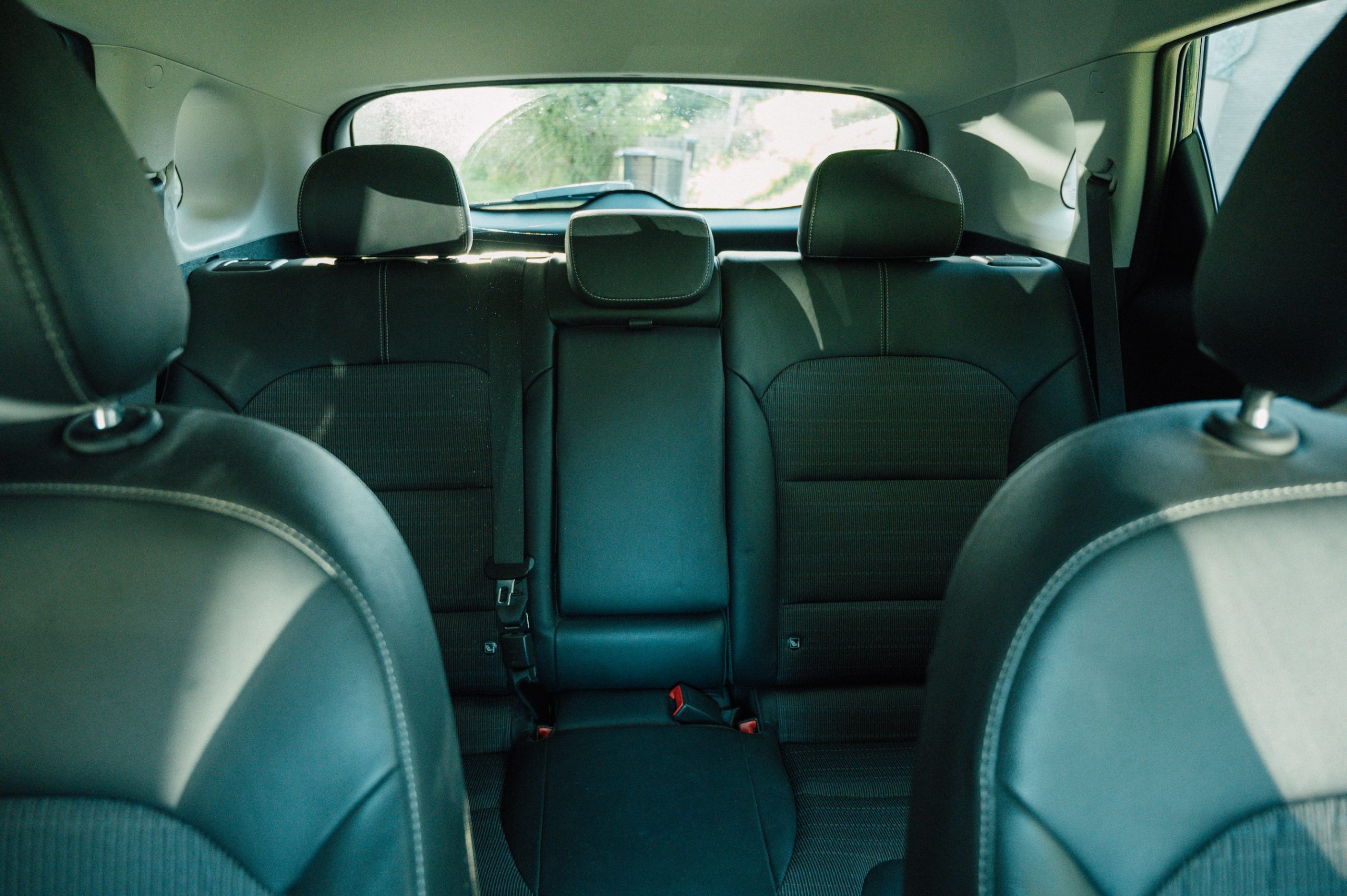
Understand the Basics:
- Age, Weight, and Height Requirements: Most regions have laws that specify car seat use based on the child’s age, weight, and height. These requirements are the minimum standards for child passenger safety. For example, infants and toddlers are generally required to ride in rear-facing car seats until they reach a certain age or size.
- Types of Car Seats: As children grow, the type of car seat they need changes. Law often dictates the transition from rear-facing to forward-facing car seats, then to booster seats, and finally to the standard seat belt.
- Positioning: The back seat is widely recognized as the safest place for children under 13 years old to ride. Specific laws may dictate that children of certain ages or sizes must be seated in the rear.
Stay Updated:
Car seat laws and regulations can vary significantly from one region to another and may change over time as new safety data becomes available. It’s important for parents and caregivers to stay informed about the current laws in their state or country. Websites for governmental road safety agencies, child welfare organizations, and automotive safety groups are excellent resources for up-to-date information.
Penalties for Non-Compliance:
Failing to adhere to car seat laws can result in fines, points on your driving record, or other penalties. More importantly, not following these laws increases the risk of injury or death for your child in the event of an accident.
Best Practices:
- Beyond the Minimum: Legal requirements are the minimum standards for child passenger safety. Best practices recommended by pediatric and automotive safety experts often exceed legal requirements, advocating for children to remain in each stage of car seat for as long as possible before moving to the next stage.
- Check for Updates: Given that car seat technology and safety standards evolve, what was best practice a few years ago may have changed. Regularly consult trusted sources to ensure you’re following the most current recommendations.
Finding Help:
Many local and national organizations offer resources and assistance to parents navigating car seat laws and best practices. Look for car seat check events, safety workshops, and consultation services offered by hospitals, fire departments, and child safety organizations. These resources can provide personalized advice and hands-on help to ensure your car seat is installed correctly and being used in compliance with the law.
While car seat laws and regulations are legally binding, their true importance lies in their role in protecting your child. By understanding and adhering to these laws, and by applying best practices for car seat use, parents and caregivers can significantly reduce the risk of harm to children on the road. Always prioritize your child’s safety by keeping informed and making sure they are properly secured in the correct car seat for their age, weight, and height.
FAQs about Car Seats
The transition from an infant car seat to a convertible car seat depends on your child’s growth. Typically, a child outgrows their infant seat when they reach the seat’s maximum weight or height limit, which often occurs around the age of one. However, it’s safest to keep your child rear-facing for as long as possible, so consider switching to a rear-facing convertible seat that accommodates higher weight and height limits.
A correctly installed car seat should not move side-to-side or front-to-back more than an inch when pulled at the belt path. Make sure you’ve read both the car seat’s instruction manual and your vehicle’s owner manual on how to install the car seat using either the seat belt or the LATCH system. For peace of mind, have your installation checked by a certified child passenger safety technician.
Using a second-hand car seat is not recommended unless you are sure of its history. Never use a car seat that is expired, has been in a crash, or is missing labels with the date of manufacture and model number. Also, avoid seats that have visible damage or missing parts. If you do choose to use a second-hand seat, consult the manufacturer to ensure it hasn’t been recalled.
Children are ready for a booster seat when they exceed the highest weight or height allowed by their forward-facing car seat. Most children reach this stage between the ages of 4 and 7. The booster seat raises your child so the car’s seat belt fits properly over the stronger parts of their body, such as the chest, hips, and shoulders.
Keep your child in a booster seat until the car’s seat belt fits them properly without it, which typically happens between the ages of 8 and 12 years old and when they are at least 4 feet 9 inches tall. A properly fitted seat belt lies snugly across the upper thighs, not the stomach, and across the shoulder and chest, not the neck or face.
It is safest for children to ride in the back seat until at least the age of 13. If you must place a child in the front seat, the vehicle’s passenger-side airbag should be disabled because it can pose a serious risk to children, especially when seated in rear-facing car seats.
Check the car seat for a label with the manufacture date and/or expiration date. If you can’t find it, look up the model number and manufacture date online or contact the manufacturer. Most car seats expire 6 to 10 years from the date of manufacture because materials degrade over time and safety standards evolve.
Do not donate or give away an expired or damaged car seat. It should be disposed of properly to prevent further use. Some areas offer recycling programs for car seats. If recycling isn’t an option, cut the straps, remove any padding, and clearly label it as “expired” or “unsafe” before disposing of it to prevent someone else from using it.
Yes, many car seats are FAA-approved for use on airplanes. Look for a label on your car seat that says it is certified for use in motor vehicles and aircraft. Using a car seat on a plane can help keep your child safe and comfortable during the flight. Check with the airline for any specific requirements or restrictions.
Replace your child’s car seat if it is expired, has been involved in a moderate to severe crash, or if your child has outgrown it. Additionally, consider replacing the car seat if there are recalls or if the manufacturer has updated safety guidelines. It’s always a good idea to monitor your child’s growth and the car seat’s condition to ensure ongoing safety.
